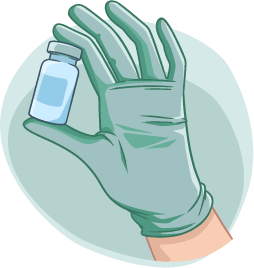The beginning of Spring usually includes two things in Victoria, slightly better weather, and aggravated symptoms for fellow asthma and hay fever sufferers. Suffice to say these conditions are frustrating, but you can manage them.
Managing Hay Fever & Asthma:
- Be aware of high pollen count days
On high pollen days, close your windows and doors. If you have an air conditioner, make sure it is turned to ‘circulate’ so it doesn’t bring the outdoor pollens inside.
- Treat your hay fever
Treatment includes the use of antihistamines, decongestants, saline sprays, corticosteroid nasal sprays and allergen immunotherapy. Speak to your doctor or pharmacist about best suited treatment.
- Household allergens (mould and dust)
Mould fragments spread in the air and can cause allergic and asthma responses in some people. Dust can be one of the biggest triggers for asthma symptoms and flare-ups. Minimise your exposure to both mould and dust to reduce your symptoms and the possibility of a flare up.
- Gardens
Avoid plants with strong fragrances, opt for native plants and low pollen grass, weed often, avoid compost heaps and avoid gardening on windy days.
- Pet allergies
People with asthma have also been known to have allergies, some of which may include animals. If you find that your allergies or asthma symptoms worsen around animals, it is recommended you speak with your doctor about your symptoms and perhaps further allergy testing.
- Thunderstorm Asthma
If grass pollen is a problem for you then thunderstorms in spring and summer may affect you. Avoid exposure, stay inside and keep your doors and windows closed. To reduce risk of thunderstorm asthma, asthma managements year round in vital.
Here at eastbound we can assist you with asthma and allergy management. To make an appointment please click here.
(Asthma Australia, 2022).



